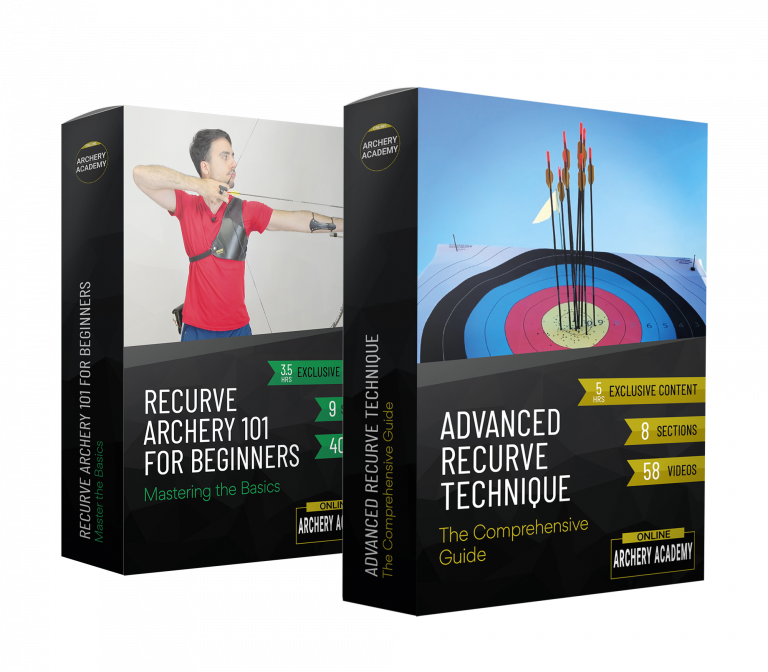Recurve Draw Shoulder Technique - Olympic Archery
Recurve Draw Shoulder Technique – Introduction
The draw shoulder is such an important part of the recurve shot, but there are some things that can really compromise the health of the shoulder, as well as limit your technique.
In a recent YouTube video (see below) I go through some key points for recurve archers that you should consider when working on your draw shoulder position or movement. You can watch the video below, and there is a brief written summary below the video.
As a key part of proper training, some specific shoulder exercises to aid shoulder health are great such as Wall Angels, Internal Rotations, External Rotations, Prone Y Raises, and Prone Side Raises.
The Fastest Way to Learn Archery
Save years of frustration and improve your technique and scores today. Without spending thousands on equipment or travelling hours for coaching. Plus OAA readers get 20% off.
Expert step-by-step guidance, lifetime access and a 100 day money-back guarantee, no questions asked.

RECURVE DRAW SHOULDER TECHNIQUE – The Bow Position
The position of the bow often causes archers to move the draw shoulder into a position that’s uncomfortable, inefficient and negatively impacts the shot. I won’t go through every detail of this right here, as I previously made a whole video on this (you can watch it on YouTube here). What you’re most likely interested in is the solution. All you need to do, is put the bow somewhere the allows you to keep the draw shoulder in a neutral position. Common examples are placing the bottom limb of the bow on the foot, or resting it on the inside of the right leg (for a right-handed archer).
The goal is to keep the shoulder in a neutral position, and bring the string to a place where you can create your hook, without having to reach into a contorted position. If you’re not sure of this position, I would recommend watching the video, but essentially you want the draw shoulder to be in a place similar to when you’re just standing normally.
This is when the shoulder is neutral inside the socket of the shoulder, and isn’t being forced one way or the other.
RECURVE DRAW SHOULDER TECHNIQUE – The Draw Hand Position
The placement of the draw hand also has a huge impact on the draw shoulder. As a general rule, if you place the draw hand too far forwards (i.e. towards the target), this will often cause you to have to reach too much, and pull the shoulder ‘out of the socket’. This is an exaggeration, as the shoulder isn’t really pulled out of the socket, but it’s helpful to demonstrate the point.
Secondly, if you place the draw hand too close to the bow shoulder, this also causes issues. It can increase compression inside the shoulder joint, and also increase the chances you will kink the wrist of the draw hand.
Lastly, if you have the draw hand too high, particularly at setup, then this can put extra load on the draw shoulder.
Again, the solution is to find a draw motion which helps keep the shoulder as close to neutral as possible, whilst also enabling you to execute the other parts of your shot.
RECURVE DRAW SHOULDER TECHNIQUE – Shoulder alignment and drawing
In short, trying to align the shoulders too early can also cause issues. Many archers try to align the shoulders at the set position, before they raise the bow. However, this is a crucial mistake.
Having the shoulders slightly open to the target allows you to raise and open the bow in an efficient manner, and use the rotation of the upper body to draw the bow smoothly. If you try and align the shoulders too early, you will have nowhere to go throughout the rest of the shot.
Finally, many archers put too much pre-draw on the string before even raising the bow. This has the same effect, and also increases the load on the draw shoulder doubly, because there is extra poundage earlier in the shot. Have enough tension on the string to set your hook and grip, but then align the shoulders and draw the bow more once you have raised it and are nearing the peak of your bow lift height.
